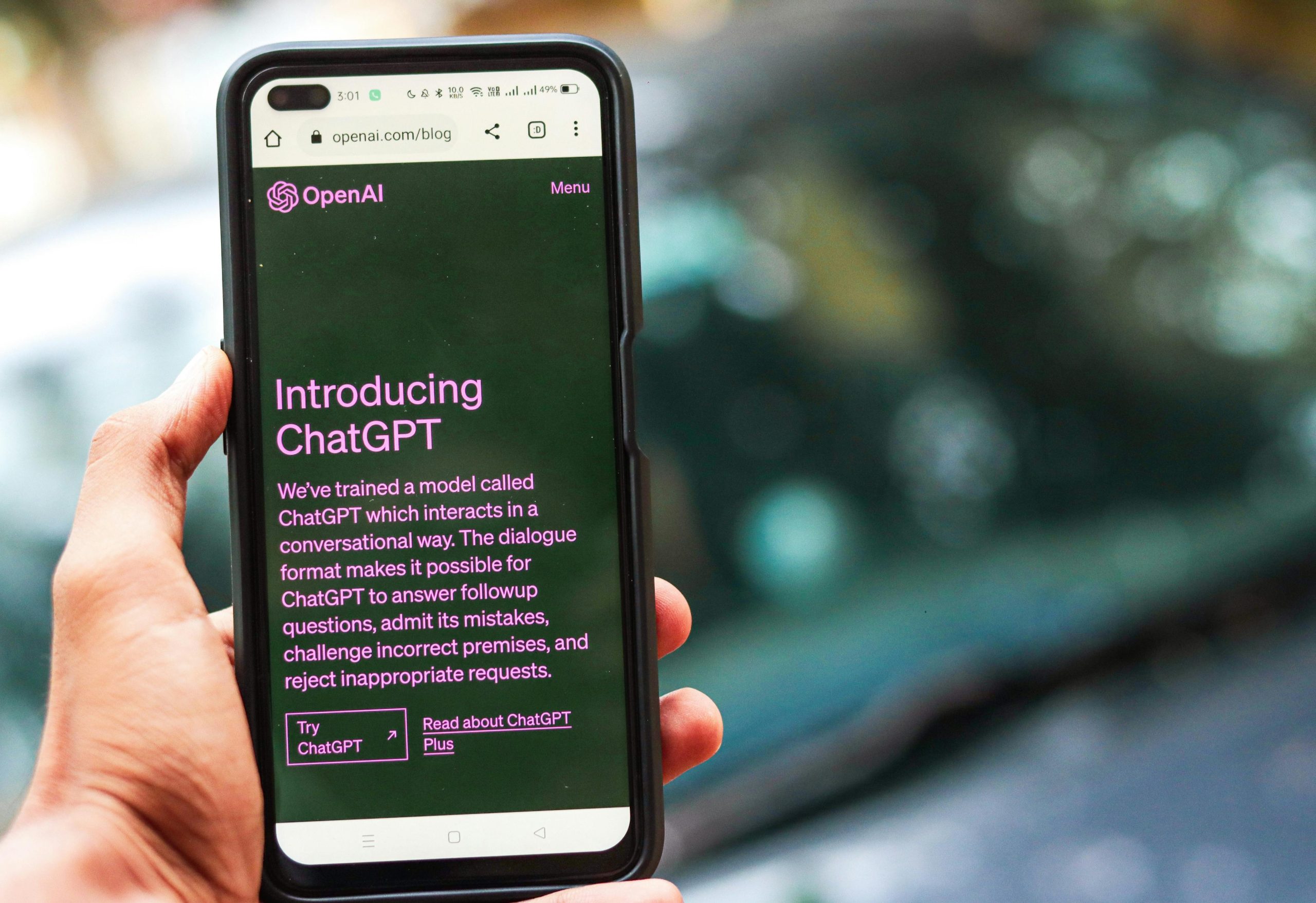Unearthing the Hidden Danger to Our Free Will: The Most Fascinating Phenomenon You Can’t Stop Watching
The Hidden Threat to Our Autonomy: How Our Attention Is Being Undermined
In contemporary discussions about artificial intelligence, our imaginations often jump to dramatic scenarios—robot armies, AI systems seizing control, or dystopian futures where humans are enslaved in digital matrices. While these visions capture our fears, the true danger may lie elsewhere: not in abrupt invasions, but in the subtle, persistent erosion of our free will through the manipulation of our attention.
Our worldview—the lens through which we see ourselves and the world—is primarily shaped by the information we absorb through our senses throughout life. From the language we speak and the trust we place in certain sources, to our political and personal beliefs, much of what defines us is a product of the information we’ve internalized.
All living beings with brains engage in this process of learning—evolving their perspectives based on experiences relevant to survival. Humans, however, possess a unique capability that sets us apart: we can transmit worldview-altering information through symbols. Not just through direct experience, but via stories, language, and written communication. This symbolic faculty is our greatest strength—and also our greatest vulnerability.
Symbolic communication forms the foundation of civilization. It enables us to exchange ideas, build complex societies, and grow collectively. Virtually everything that makes us human hinges on this capacity.
Yet, this very ability to shape and share ideas has a dark side. Writing, the earliest form of symbolic communication, emerged about 5,000 years ago. During most of that time, literacy was limited, and worldview shaping was primarily influenced by direct experience and a small literate elite.
The advent of television marked a significant paradigm shift—a new form of symbolic transmission that didn’t require reading. Suddenly, the collective worldview could be influenced on a much larger scale and at a much faster pace. Today, the proportion of our worldview shaped by symbolic media has skyrocketed.
Growing up in the late 20th century, my media exposure was minimal and largely uncurated. But the landscape has changed dramatically. Now, screens permeate every aspect of our lives, and powerful algorithms custom-tailor content to keep us engaged—sometimes without us even realizing it.
Imagine a reality where an unseen algorithm knows more about you than you do yourself. A world where a significant slice of your perception and beliefs are crafted not by your direct experiences, but by the stories and images fed to you—constantly and subtly.
This ongoing, involuntary influence poses














Post Comment